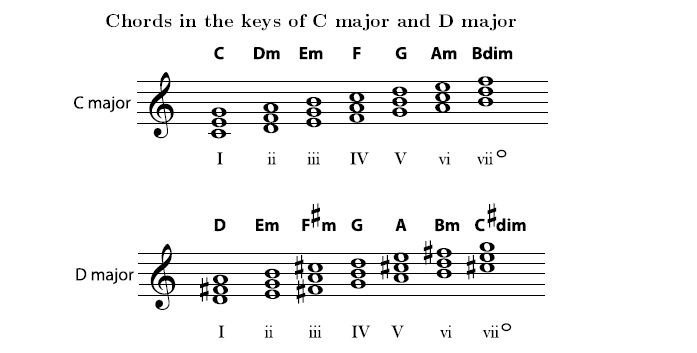

Also try changing the angle of your breath and the tightness of your lips to find what makes the best sound. Roll the instrument slowly back and forth while blowing to find the right angle to create a sound.

Practice blowing until you get a sound.Try blowing out air as if you are whispering the word “too,” with lips tightened together and air pushed out sharply by your tongue.To get the right angle for your breath, imagine some of the air from your mouth is hitting the inner wall of the fife, and some is going past the blow hole outside the fife.Tighten your lips and try to blow across the hole rather than down into it. Place your bottom lip against the fife right next to the hole for blowing. If your instrument is not the conventional 6-hole fife, you may have more holes to cover with your other fingers, but you can still use this basic hand placement.Though the index, middle, and ring fingers of each hand will be the only ones covering holes, support the fife with the thumb and pinky fingers of both hands by resting them on the body of the instrument however they are comfortable.Face the palm of that hand away from you. Cover the other three holes with the first three fingers of your right hand. Cover the three holes nearest to your mouth with the first three fingers of your left hand. The six holes for fingers should be out to the right, while the one hole on its own goes near your mouth for blowing. Position the fife so that it is horizontal and extending out to the right of your face. Hold the instrument out to your right.


 0 kommentar(er)
0 kommentar(er)
